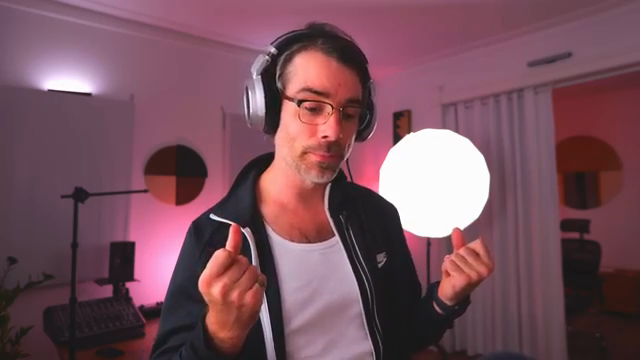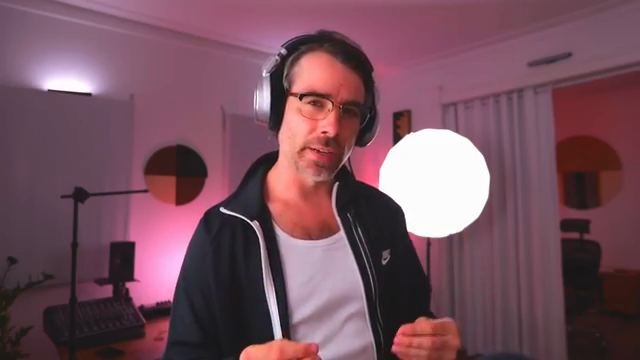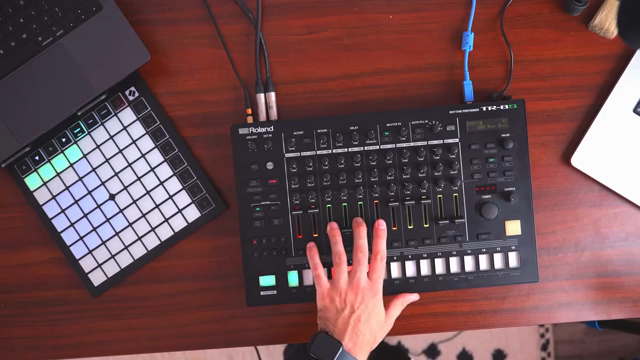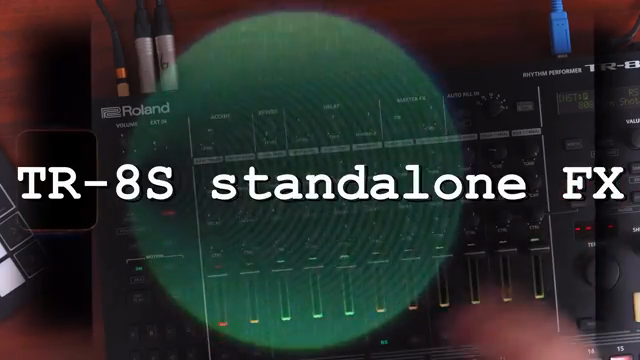Dive into LiamKillen’s rhythmic exploration of the Roland TR-8S. With his expert touch in electronic music, he dissects why this piece of gear continues to be a favourite among producers. Expect sharp insights, some hard truths about its shortcomings, and a celebration of its strengths. It’s about beats, limitations, and why the TR-8S still stands tall.

19. September 2025
SPARKY
Why LiamKillen Thinks the TR-8S Still Reigns Supreme
TR-8S: A Beat Maker’s Dream?
LiamKillen opens up with his usual straightforward style, inviting us into his world of sample pack creations and the iconic TR-8S. Right off the bat, we know this isn’t just some run-of-the-mill drum machine review. Liam’s emphasis on integrating classic Roland sounds from the 909 and CR-78 sets the stage for a ride through electronic soundscapes. He highlights how his TR-8S project can enrich any producer’s setup, serving as a launchpad for sonic experiments. The TR-8S stands out for its flexibility, allowing users to effortlessly integrate sequences and sounds, perfect for both new and seasoned producers. It’s this ease of use that affirms the TR-8S as an unparalleled rhythm tool.
Beyond the Beats: TR-8S Features Unpacked
Liam dives deep into what makes the TR-8S hard to beat. Its claim to fame? DAW integration, MIDI control, and hybrid functionalities that turn it into much more than just a rhythm performer. He showcases his personal setup with eleven tracks, though cheekily mentions he rarely uses them all. By delegating some to control aspects in Ableton, Liam crafts a seamless interplay between hardware and software. The faders and knobs on the TR-8S are an emblem of this synergy. They aren’t just for show; they provide tactile control over effects like dub-style delays. Watching Liam manipulate these controls in real-time, it’s clear the TR-8S is crafted for live performance. If you’re looking for a module that empowers creativity while adapting to evolving workflows, the TR-8S surely delivers. Typical for Liam, he balances enthusiasm with honesty, stating that despite its prowess, the TR-8S alone can’t deliver punchy low ends without some external support. His practicality shines through, suggesting Ableton or other gear for achieving that thick bass everyone craves.

"In terms of DAW integration, MIDI control, being an audio interface as well as a drum machine all at once in a hybrid fashion, that is where the TR-8S is really hard to beat."
Sequencer Sorcery with TR-8S

"The on the fly factor of the TR-8S is pretty much unmatched with any other drum machine, I would say."
Midway through, Liam delves into the finer points of the TR-8S sequencer. It’s got its quirk—being fully quantized, which might seem like a limitation. Yet, Liam alludes to workarounds like using a shuffle or humanizing parts gently. As he sprinkles some motion record magic onto hi-hats and hand claps, the machine practically comes to life. His playful experimentation shows the potential for adding a human touch even to the most mechanical beats. Whether it’s the pulsing hats or the snapped claps, the TR-8S lets producers ride the fine line between order and chaos. Liam intelligently uses its motion record function, demonstrating how each tweak becomes an opportunity to inject personality into a track.
Facing the Challenges: Downfalls and Solutions
Leaving no stone unturned, Liam doesn’t shy away from addressing what he perceives as the TR-8S’s downfall—its somewhat lacking low end. He notes that this might render it less ideal for standalone jams but praises how it shines when paired with gear like the Analog Rytm known for superior bass response. The takeaway? Use TR-8S’s strengths wisely by relegating higher percussive duties to it when teamed up with another beast capable of delivering bone-rattling lows. Liam smartly advises supplementing the TR-8S with external units, either virtual or hardware, to bridge any sonic gaps. Furthermore, physical constraints don’t limit Liam’s creativity; he delves into its trigger innovations, revealing how deleting parts and starting fresh is as intuitive as tapping a beat. It’s this very adaptability that sets the TR-8S apart.

"I find that the low end does tend to sound a little bit thin, it doesn't punch as much."
Crafting Sounds: Creativity Unleashed
Liam shows us how to harness the full creative potential of the TR-8S. By clearing samples, using standalone effects, and employing the nifty tap rhythm feature, Liam builds layers from scratch with enviable ease. He demonstrates this with a dry rim shot, which quickly morphs as he toys with elemental effects. The beauty of the TR-8S lies in its ability to act both as a blank slate and a comprehensive toolkit. Mix that in with some well-placed delay and Liam’s knack for dynamic performance, and you’ve got sonic magic. Liam’s keen ear and sharp insights punctuate this segment, leaving us aware not just of what the machine is capable of, but what it inspires.
Two Worlds Collide: Synth and Software Fusion

"It's just cool that you have like two independent effects systems, right."
In the final sprint, Liam gears up to show how the TR-8S, a hardware genius, can comfortably coexist with software maestros. He elaborates on enhancing the TR-8S experience by introducing additional gear, like the PC-12 MIDI controller. According to Liam, it’s a non-brainer that this combination extends TR-8S capabilities, attracting any producer looking to overcome traditional constraints. He advocates using both the renowned 909 or custom samples, creating a unique fusion through the device’s dual effect systems. The TR-8S holds its ground as a versatile audio interface. Liam, as always, blends enthusiasm with realism, confirming why the TR-8S remains an indomitable force in electronic music production.
Latest articles
Watch on YouTube:
https://www.youtube.com/LiamKillen
Links from LiamKillen:
Sponsored links:
If you purchase via these links, we may earn a small commission – at no extra cost to you.
🔗 Check price on Amazon